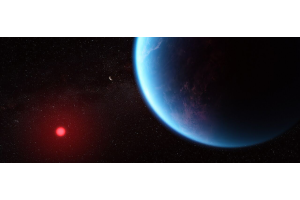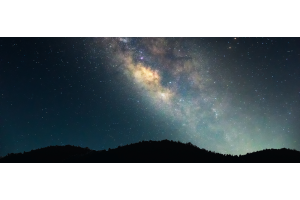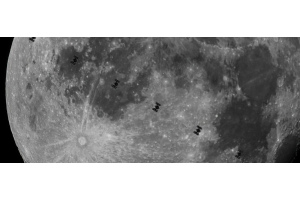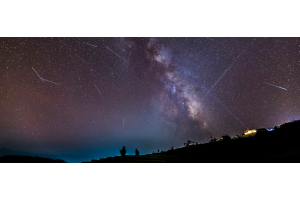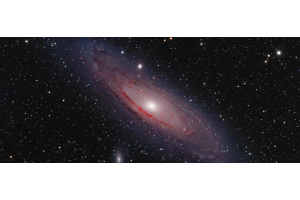
It’s hard to think about the universe without conjuring up images of distant galaxies slowly spinning through the blackness of space. We’ve all seen the images from the Hubble Space Telescope that show nearby galactic neighbors in stunning detail or countless dim specks whose light has traveled across billions of light-years to reach us. One way or another, we’ve been studying the cosmos for thousands of years and our knowledge has grown exponentially in that time - but how much do we really know about the galaxies?
#1 - Nobody Understood the True Nature of Galaxies Until the 20th Century
With a few exceptions, the vast majority of galaxies appear small, faint, and invisible to the naked eye, and as a result, all but one (the Andromeda Galaxy) remained hidden until the invention of the telescope in the early 17th century. However, it wasn’t long before astronomers used the new tool to explore the night sky and discover many of the sights that had previously been beyond their reach.
Thousands of galaxies were discovered over the next 300 years - and they were all mistaken for nebulae. That’s because no one knew the scale of the universe and many believed that everything they saw was contained within the Milky Way. In 1924, Edwin Hubble proved the stars within the Great Andromeda Nebula were located outside the Milky Way - and therefore, the nebula itself must also be extra-galactic.
Essentially, with one discovery, Hubble doubled the size of the known universe. In time, the Great Andromeda Nebula became known as the Great Andromeda Galaxy, as astronomers realized that this distant object wasn’t a cloud of gas and dust like regular nebulae, but rather an entire citadel of stars, like our own Milky Way. Hubble literally changed the way we look at the universe, and some 60 years later, his namesake telescope would go on to do the same.

Image Credit: NASA
#2 - The Whirlpool Galaxy Was the First Spiral Galaxy to be Observed
In the spring of 1845, when galaxies were still thought to be nebulae, William Parsons, the third Earl of Rosse, turned his newly constructed 72-inch reflector toward Messier 51, a nebulous object in Canes Venatici. Discovered 72 years earlier by Charles Messier, the nebula had been studied on numerous occasions by various astronomers, with many describing it as being simply faint and nebulous.
However, at some point in either March or April of 1845, Parsons and two fellow observers noted that the nebula had a distinct spiral structure. The exact date of the discovery is unclear, with Parsons himself being ambiguous on the subject, later writing “the spiral arrangement of Messier 51 was detected in the spring 1845.” However, while it’s broadly recognized that Parsons was the first to notice the spiral nature of the galaxy, it’s not known who was the first to give the galaxy its name.
#3 - Galaxies Come in All Shapes and Sizes
People will often think of large spirals whenever they think of galaxies, but not every galaxy has that shape. While it’s true that nearly three-quarters of the galaxies observed by the Hubble Space Telescope are spiral, other galaxies primarily adhere to one of three other shapes - barred spiral, elliptical or irregular.
In fact, it was Edwin Hubble - the man who discovered their true nature - who first devised the basic classification system we still use today, with each type having its own sub-categories, depending on the nature of its shape.
For example, elliptical galaxies have designations that begin with an E, followed by a number from 0 to 7. The designations for spiral galaxies begin with an S, with regular spiral galaxies having designations that begin with SA and barred spirals (where the galaxy has a central bar of stars) having designations that begin with SB.
There’s also a category for hybrid spiral/barred spiral galaxies, and these have designations that begin with the letters SAB. Each of these spiral designations (SA, SB, and SAB) also has a letter, from a to d, that more specifically represents its shape. For example, a loosely wound spiral galaxy is SAd.
Lastly, irregular galaxies are simply galaxies that have no readily identifiable shape. Not surprisingly, the designation for these galaxies begins with the letter I, but there could also be some irregular galaxies that have a very loose spiral or barred spiral shape. Therefore the designations for all irregular galaxies also end with a lowercase M. For example, an irregular barred spiral is classed as an SBm galaxy.
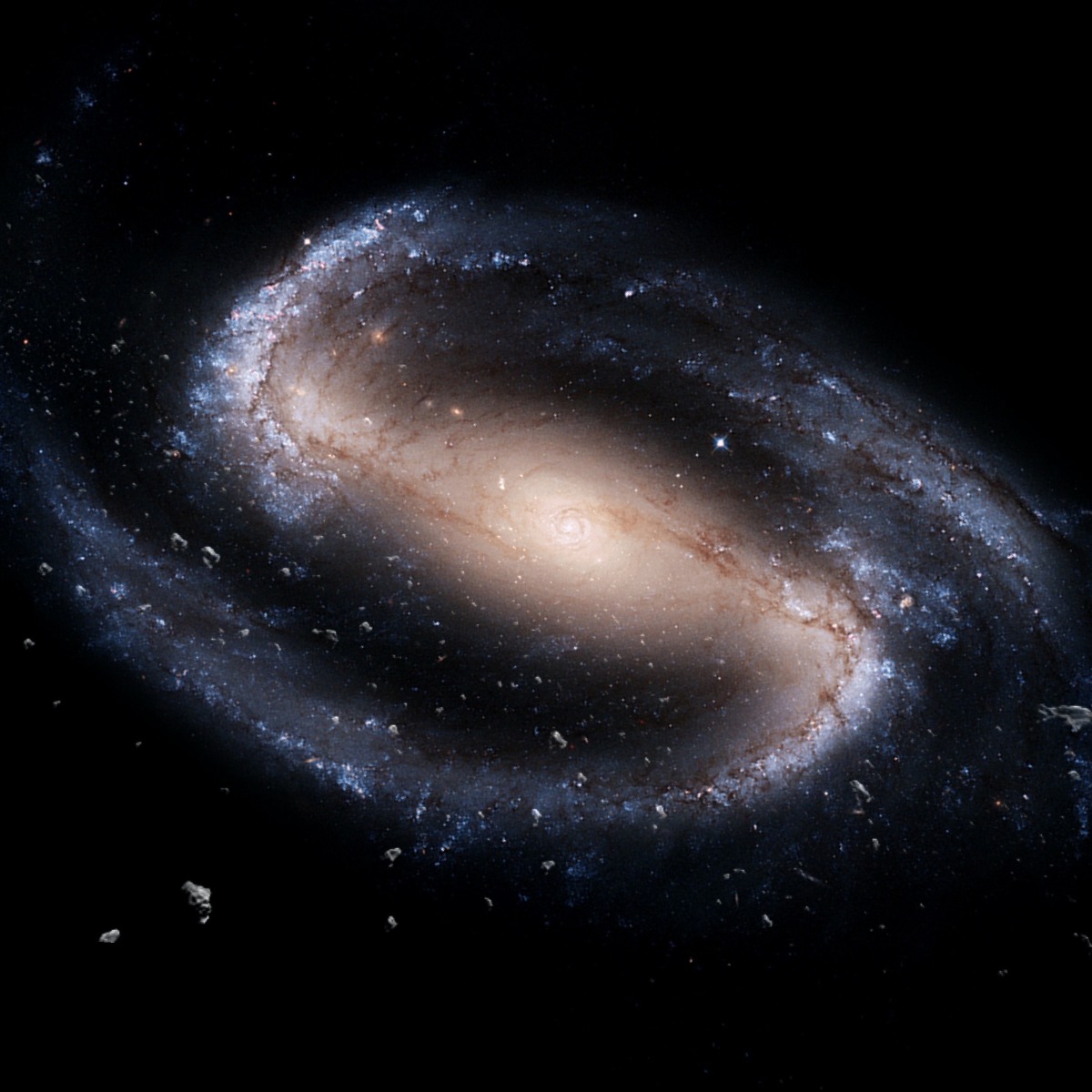
#4 - Spring is Galaxy Season
If there’s one time of year that’s best for observing galaxies, it’s springtime. The reason for this is because the Earth is at a point in its orbit where the night side is turned away from the Milky Way and we can therefore look out across the vastness of the universe. As a result, you’ll see more galaxies (and less of the Milky Way) than at any other time of year.
Many of these distant galaxies can be found clustered in the constellations Coma Berenices and Virgo and along the border between the two. The brightest of these can be detected with binoculars, but all are best seen with a telescope. Either way, you’ll need to be under clear, dark skies, as light pollution can easily drown their light, and using a filter won’t necessarily improve the view either.
#5 - The Andromeda Galaxy is the Most Distant Object You Can See With Just Your Eyes
The only galaxy that was commonly known to ancient astronomers is the Andromeda Galaxy - and as mentioned earlier, they had no idea what they were really looking at! It’s the nearest (and consequently, brightest) major galaxy to our own and is visible to the naked eye as a faint, misty patch. Thousands of years ago, it was more easily seen as there was no light pollution to speak of, but nowadays you’ll need to get far away from any town or city lights to see it.
When you look at the Andromeda Galaxy, you’re looking across 2.6 million light-years of space. The photons of light now reaching your eyes began their journey at the start of the Quaternary Period in Earth’s history when early humans first stood erect and looked up at the stars from the plains of Africa. At that time, almost all human history had yet to happen!
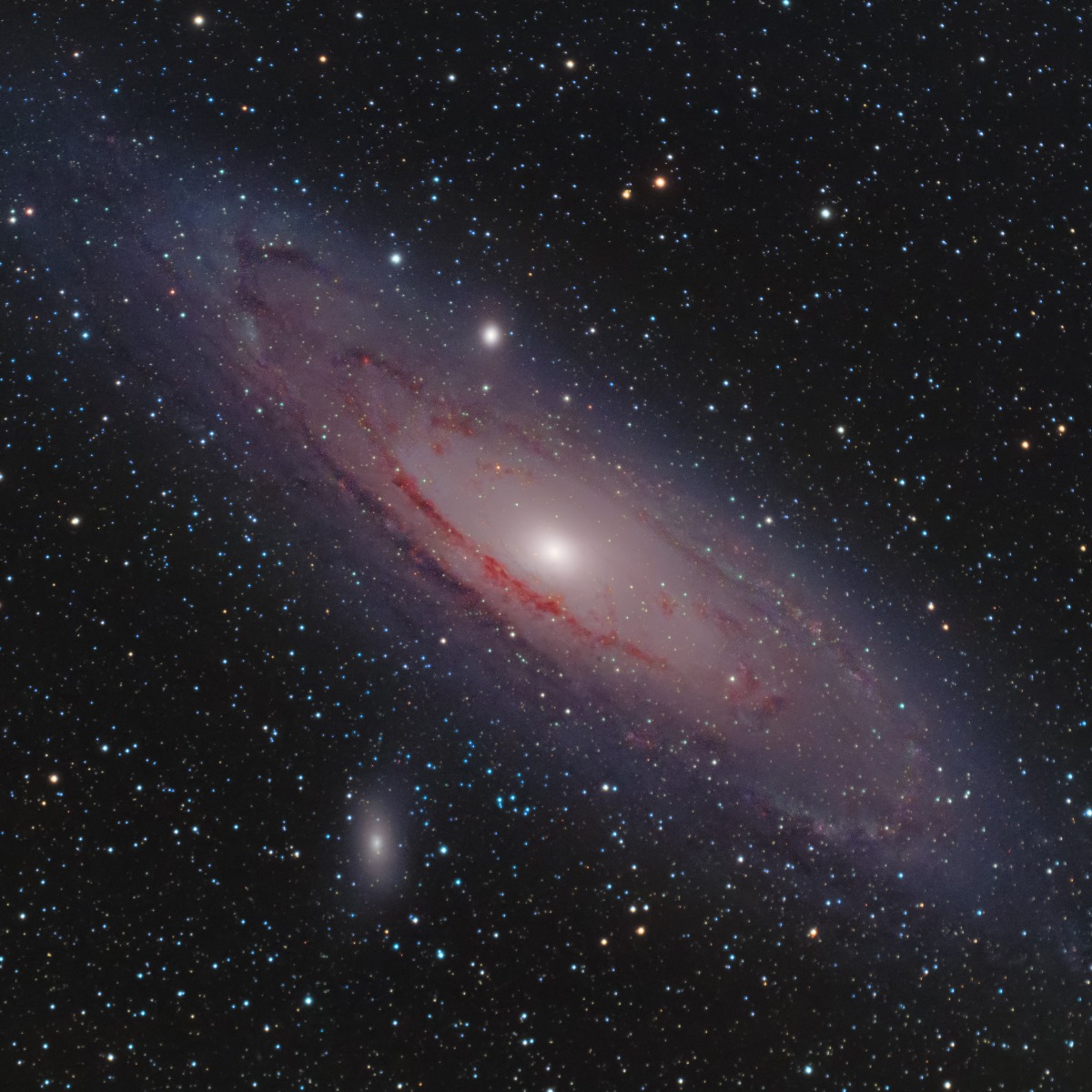
#6 - The Most Distant Known Galaxy is 32 Billion Light-Years Away
While it might seem as though 2.6 million light-years is a long way to travel to the Andromeda Galaxy, it’s about a million times closer than the most distant galaxy known. In mid-December 2020, astronomers announced the discovery of GN-z11, some 32 billion light-years away in the constellation Ursa Major. Besides being the most distant, it’s also the oldest, as we’re able to observe the galaxy as it appeared just 400 million years after the Big Bang.
Incidentally, you may be wondering how an object can be 32 billion light-years away when the Big Bang occurred nearly 14 billion years ago and nothing travels faster than light. The reason is due to the expansion of the universe; the light from GN-z11 started its journey when the galaxy was 2.66 billion light-years from the Milky Way, and the universe has expanded twelve-fold since then.
This early irregular galaxy is thought to be about 25 times smaller than the Milky Way with about 1% of its mass. Its stars are young - perhaps only 40 million years old - and it appears to be forming new stars about twenty times faster than our own galaxy.
#7 - There Could Be Hundreds of Billions of Galaxies
Theories related to the nature of the universe change all the time. Little more than 100 years ago, no one knew of the existence of galaxies and believed everything was contained within the Milky Way. Since then, our knowledge of the cosmos has grown exponentially - and so has the number of galaxies thought to exist within it.
Theoretically, there could be as many as two trillion galaxies in the universe, but a more conservative estimate (based on the number of galaxies seen so far) places the number at around 176 billion. Another estimate has the number in the hundreds of billions.
To some extent, the actual number is almost irrelevant as we have no way of reaching them, and even if we could, we couldn’t hope to explore them all. This means there could be billions of “strange new worlds” and civilizations that will come and go - and we will never know of their existence!
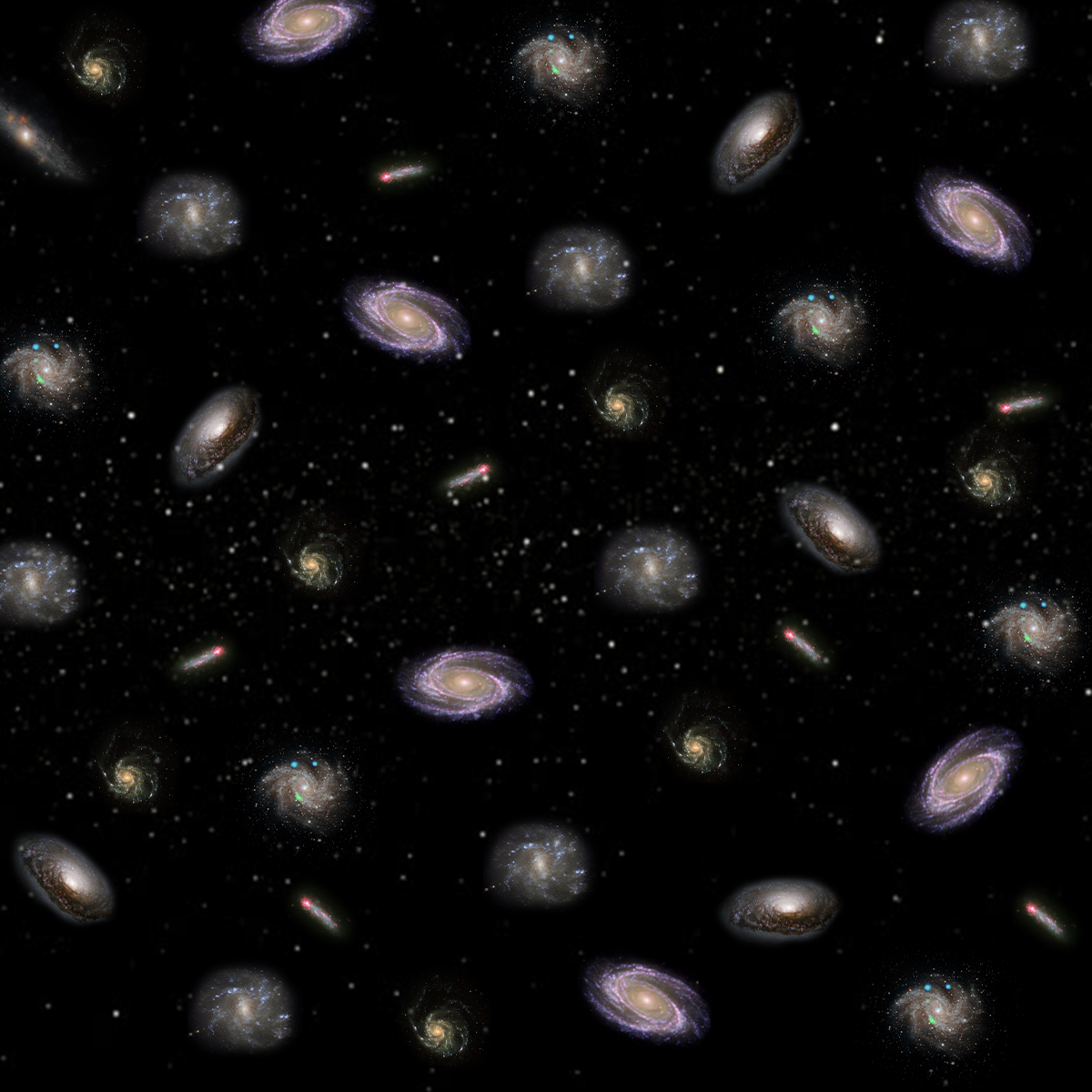
#8 - The First Galaxies Formed Less Than a Billion Years After the Big Bang
Current estimates place the age of the universe at around 13.8 billion years old, with the first stars forming about 100 million years after the Big Bang and the first galaxies forming a few hundred million years later. It’s not known for sure how those first galaxies came to be, but there are two leading theories and it’s possible the process involved a combination of them both.
This process could be described as something along these lines: the earliest stars were predominantly made up of hydrogen and helium, but when these stars exploded as supernovae, the heavy elements at their cores were ejected out. In time, those elements coalesced into clouds of gas and dust, which then formed spherical halos and eventually gained enough mass to start spinning. As they span, they gained metallic elements and formed discs, becoming the first galaxies in the process.
#9 - Many Galaxies Have a Black Hole Heart
There’s substantial evidence to suggest that many galaxies have a black hole at their core. We know this because astronomers have detected X-rays and radio waves - the tell-tale signs of a black hole - being emitted from the center of some galaxies. These black holes are supermassive monsters, millions or even billions of times more massive than the Sun, and their gravity is so strong they’ll rip anything apart that dares to stray too close.
There are a number of theories to explain how these black holes formed, but only one has been corroborated by observations. This states that the first black holes formed in the moments after the Big Bang and they’ve spent the intervening billions of years accreting matter and gaining in mass.
The role these black holes play in the evolution of a galaxy is still being researched, but it’s known that the mass of a galaxy’s central black hole is directly correlated to the mass of the galaxy itself, with large, elliptical galaxies hosting the most massive black holes.
For example, the first direct image of a supermassive black hole was of the black hole at the heart of Messier 87, a supergiant elliptical galaxy in the constellation Virgo. The galaxy is thought to be about 200 times more massive than the Milky Way, while the black hole at its core is about 2.5 billion times the mass of the Sun, or nearly 600 times more massive than the black hole at the heart of our own Milky Way!
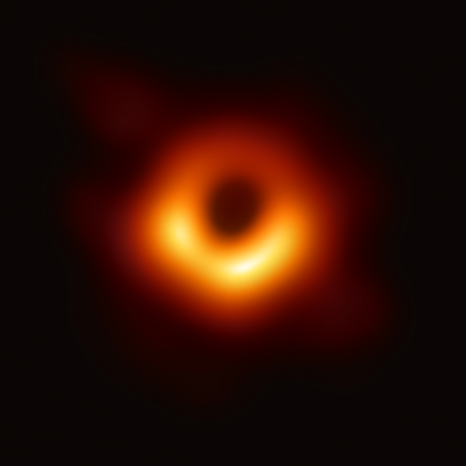
Image Credit: Event Horizon Telescope collaboration et al.
#10 - Galaxies Collide… But It Takes a Long Time!
With potentially hundreds of billions of galaxies in the universe, it may come as no surprise to learn that some will collide with one another. This is due to the movement of the galaxies through space and their mass having a gravitational effect on other nearby galaxies. A typical galaxy is moving at a speed of between 0.05% and 1.00% the speed of light (somewhere between 3 and 67 million miles an hour), but galaxies are so large that any collision could take millions of years.
What happens next depends on the galaxies themselves. If one galaxy is much larger than the other, then the smaller galaxy is consumed and the predator galaxy grows in size. However, if the two galaxies are fairly evenly matched, then they’ll merge and a large elliptical galaxy will take their place.
For example, the Milky Way and its neighbor, the Andromeda Galaxy, are similar in size and will eventually collide to form a new galaxy - but not for another five billion years or so. By that time the Sun will be in the last stages of its life and our distant descendants will be living among the stars.

Questions? Contact Us!
Interested in observing or photographing some of our neighboring galaxies? Not sure what gear you'll need? Send us a message! Our team of telescope experts are happy to point you in the right direction.
This Article was Last Updated on 07/26/2023





